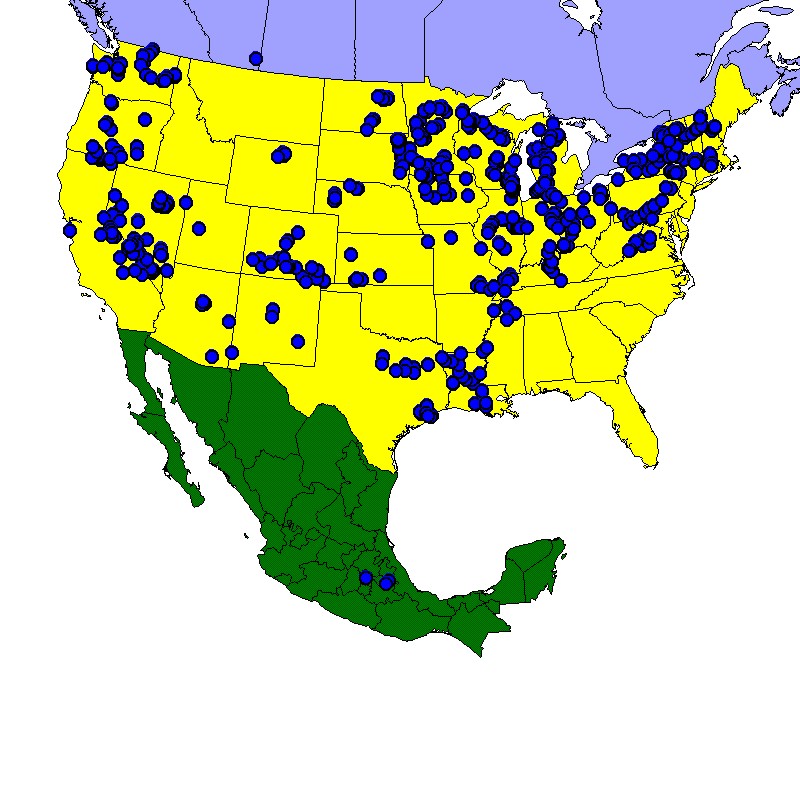 The
North
American Non-Marine Ostracode Database Project began at the U.S.
Geological Survey in response to the
growing need to develop continental scale datasets of environmentally
and
climatically sensitive bio-indicators, such as ostracodes.
Ostracodes
are microscopic crustaceans that live in a wide variety of aquatic
habitats,
including lakes, streams, wetlands, springs, aquifers, and the
ocean. Their calcite shells are useful
as sources of geochemical information (oxygen, carbon, and strontium
isotopes,
trace metals and heavy metals) and their specific habitat requirements
make
them good bio-indicators. This
project, which focuses on nonmarine ostracodes in North America (version 1 is primarily the contiguous 48
states of the U.S.A.), has
received funding from the U.S. Geological Survey, the National Science
Foundation, and Kent State University.
The
North
American Non-Marine Ostracode Database Project began at the U.S.
Geological Survey in response to the
growing need to develop continental scale datasets of environmentally
and
climatically sensitive bio-indicators, such as ostracodes.
Ostracodes
are microscopic crustaceans that live in a wide variety of aquatic
habitats,
including lakes, streams, wetlands, springs, aquifers, and the
ocean. Their calcite shells are useful
as sources of geochemical information (oxygen, carbon, and strontium
isotopes,
trace metals and heavy metals) and their specific habitat requirements
make
them good bio-indicators. This
project, which focuses on nonmarine ostracodes in North America (version 1 is primarily the contiguous 48
states of the U.S.A.), has
received funding from the U.S. Geological Survey, the National Science
Foundation, and Kent State University. NANODe Version 1
North American Non-Marine
Ostracode Database
NANODe
Sample Site Distribution Map
The
database currently consists of 600 sites, with associated ostracode
species
presence-absence data for 89 species, major ion hydrochemistry and
climate (precipitation and temperature) data. These
sites are distributed throughout the continental
U.S.A., with a
few sites in Canada and Mexico (See NANODe site distribution map below). The
project continues at Kent State University in the Department of Geology.